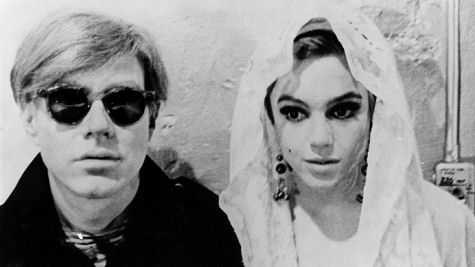Derby Girl
I know award-quality when I see it, and Sienna Miller‘s capturing of Edie Sedgwick — the doomed mid ’60s scenester and Andy Warhol girl who died in ’71 at age 28 — in George Hickenlooper‘s Factory Girl (Weinstein Co.) totally rates. It may be the most eerily accurate reviving of a dead person I’ve ever seen in a film. And yet Miller projects dimension and gravitas in spades — an unmistakable sadness and snap and aliveness like nothing I’ve gotten from an actress in any movie so far this year.
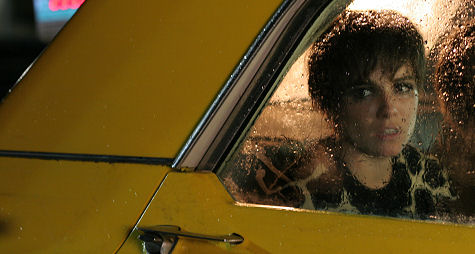
Sienna Miller as Edie Sedgwick in George Hickenloooper’s Factory Girl (Weinstein Co.)
If and when the Weinstein Co. puts Factory Girl into theatres before 12.31 (which may happen, I’m now hearing), Miller will be right in there against Prada‘s Meryl Streep, The Queen‘s Helen Mirren, Notes on a Scandal‘s Judi Dench and maybe Running With Scissors‘ Annette Benning. She’s playing the only tragic figure in the group — the only one who goes to her doom with mascara running down her face.
Miller isn’t just a dead ringer for the real McCoy — she gets her fluttery debutante laugh, that mixture of Warholian cool and little-girl terror, the giddy euphoria, the cracked voice. It’s more than convincing — it’s a kind of rebirthing. (I feel I can say this with some authority having seen the real Sedgwick in John Palmer and David Weisman‘s Ciao Manhattan! way back when, and having looked at her photos for years.)
< ?php include ('/home/hollyw9/public_html/wired'); ?>
Hickenlooper’s film is a kind of rebirthing also. Most of it feels like a mid to late ’60s Paul Morrissey film. It has a grungy Manhattan, Collective for Living Cinema, 16mm street quality, like it was shot two or three years before Flesh and Lonesome Cowboys and maybe a year or two after Empire State and Blow Job.
Hickenlooper gives it discipline and tension, working from a tight script by Captain Mauzner but styling in the realm of the Warhol-Morrissey aesthetic, which could be summed up as “don’t recreate anything, just behave and let it happen.”
This is obviously a nervy approach (the person who recently informed a WWD writer that Factory Girl is “kind of a mess” has probably never seen a Warhol -Morrisey film) but with nerve comes a feeling of other-ness. For my money the raw-funk approach works without the viewer needing a NYU degree in Film Studies.
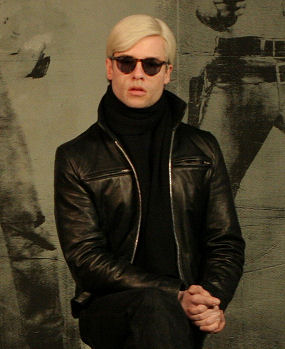
Guy Pearce as Andy Warhol
I’m not going to do a review because the disc I saw was rough and incomplete — there’s plenty of time to get into it down the line. But I should at least mention Guy Pearce‘s Warhol portrayal, which for me is much drier and colder and more delicious than Jared Harris‘s portrayal in I Shot Andy Warhol or Crispin Glover‘s in The Doors. The rumble in the jungle is that Weinstein Co. execs feels Guy’s performance is Oscar-worthy also.
And Hayden Christensen‘s performance of an obviously Bob Dylan-ish figure is, for me, the most engaging thing he’s ever done.
Here are some thoughts from a critic friend who caught Factory Girl under similar circumstances:
“Sienna Miller’s performance is a revelation on several levels — most importantly of her great solar talent; she’s riveting and charismatic in every instant, whether Edie is in meteor-mode or downfall. Hickenlooper was so right to fight for her to play the role. I’m a highly dedicated devotee of the real Edie so I began watching the film with the bar of expectation set extra-high. Well, old Sienna not only vaulted that bar, she blasted the tiles right out of the ceiling and kept going. Edie Lives.
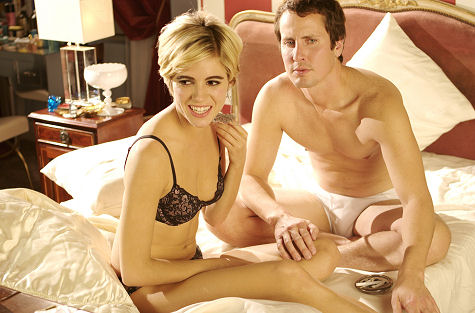
“I’m also still marveling at Guy Pearce’s otherworldly Andy Warhol — a breathtaking creation of a man whose ghost haunts himself. I’m also deeply impressed with Hayden Christensen’s osmosis of the Mystery-Tramp-Who-Shall-Remain- Nameless. I’ve always thought highly of this young actor — he’s still developing, but his instincts are first-rate. As one who has long loved Dylan, I deeply respected where Hayden was able to fish within himself to bring that very difficult prodigy to light.
“I think of Factory Girl as a kind of female Lawrence of Arabia. I’m serious. Edie is an opaque, enigmatic figure by definition, just as T.E. Lawrence was. There is never any ‘explaining’ such a character — we can only experience them, the way anyone who loved them in life might have. That way we can love Edie. Start slow, and people will adore the rush as the film takes off, and maybe even feel a bit scared on her behalf as we lose sight of the girl she is in the film’s beginning moments.
“I feel quite highly of the energy and verve of Mauzner’s screenplay, and feel that Hickenlooker has gone one better and energized the story. Hickenlooper and Mauzner have located Edie in a kind of ‘permanent present-tense’ (as opposed to a period), and I’m willing to bet audiences will embrace her anew, and with her, the film.”
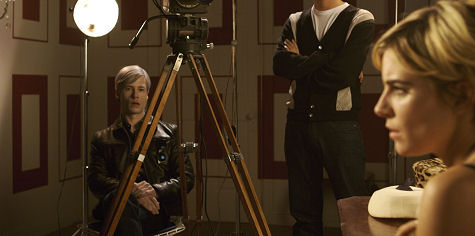
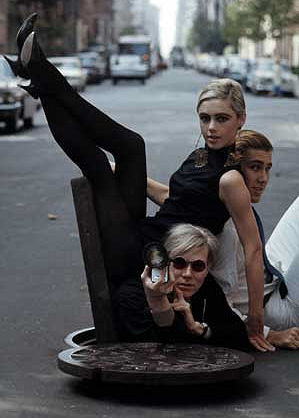
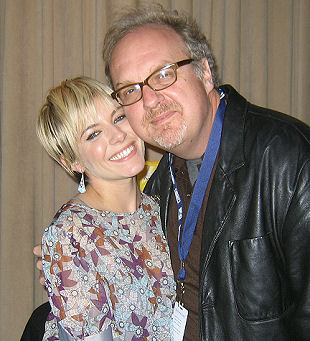
Sienna Miller, George Hickenlooper at the Spirits Awards last March
